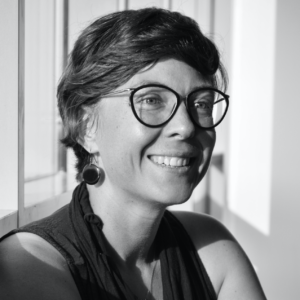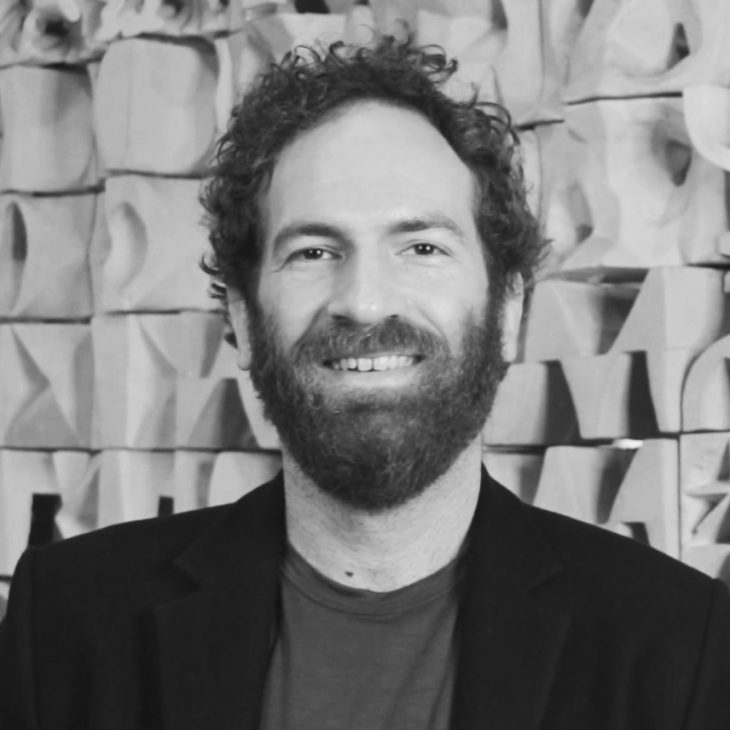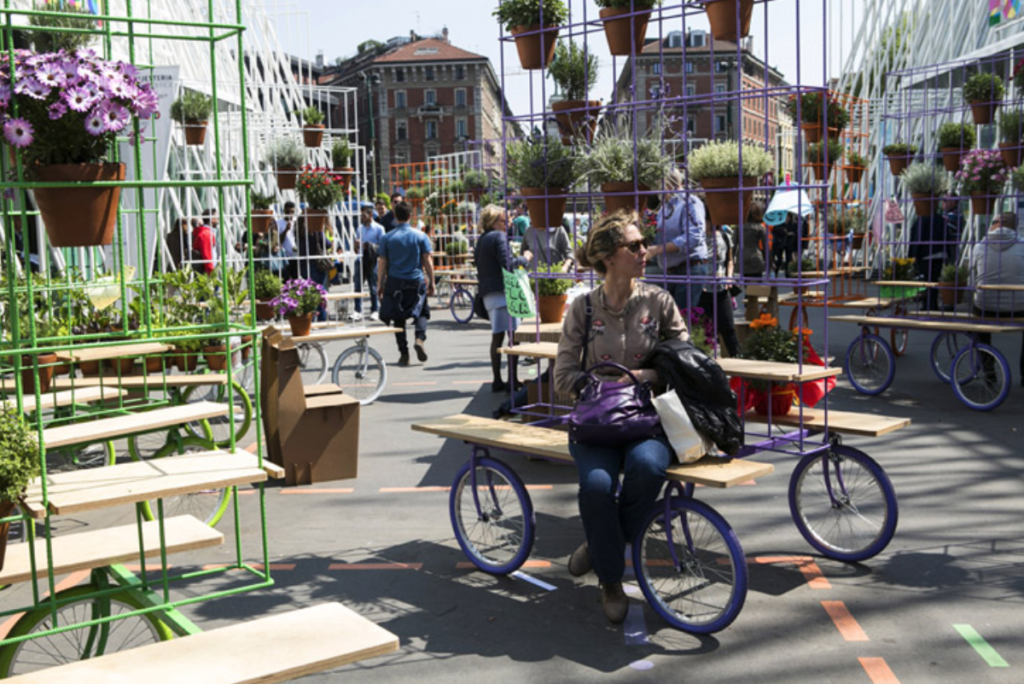DATA INFORMED STRUCTURES
URBINANTES – A Moveable Garden
Seminar Faculty: Manja van de Worp and Raimund Krenmueller
“Co-creating NBS mobile vegetable garden with inhabitants and the team of the media library”
This year the seminar will collaborate with a European funded projects to develop mobile urban furniture/garden.
The project centres around a group of women wishing to garden with the support of local association. This garden is all about MOBILITY, UNDERSTANDING OF PLANTING AND GROWTH, and will stay permanently outside.
Here is the opportunity for us to design and build a garden, influenced by structural instigations, like counterbalancing with soil, using structural environmental growing principles, and recycle materials to create structural elements.
Initial responses from design charrettes with local organisation in Nantes have suggested thoughts around:
-
- “Snail form”: With permaculture mound and “terraces”, modular and movable. Like wagons that could be moved;
- Keyhole garden: Have the central composter replaced by a closed circuit fountain (water collector). Form the circle with triangular bins to facilitate movement;
- Planters with a hat: Water collector. It could be an upside down umbrella;
- Étagères à livres: Possibility of providing users with “travelling” books;
- Deckchairs: More ergonomic and comfortable.
The seminar aims to build 2 prototypes: one that focusses on modularity and mobility and shows as the feathers of the system, where the second prototype shows how the initial model can be extended with a roof, library, etc.
OUTCOME:
Build 2 Prototypes: 1) Simplest Base module (or 2); 2) Extended module – roof / shading / collect / seating / library
Learning Objectives
At course completion the student will:
- Understand the fundamentals of structural design through physical testing and computational structural analysis with Karamba;
- understand how to set up an analysis, strategically change parameters and understand and respond to structural analysis results. i.e. apply feedback loops;
- relate structural design to construction and fabrication impacts. Translate digital analysis and structural performance to material design constructs;
- Relate structural principles with 1:1 construction methods to existing site conditions, both in terms of the physical building performance, as well as the climate aspects;
- Understand the relations between architectural potential and structural aspects in a holistic way.
Faculty

Manja van de Worp is the director of YIP Structural Engineering London (former NOUS engineering London), holding Master degrees in Architecture, Structural Engineering and in Emergent Technologies and Design. She is a structural engineer with 10 years professional experience in the Construction Industry focusing on Structure Geometry and Fabrication, while teaching at the RCA, Architectural Association & IAAC.
She has worked for Arup in London in the Advanced Geometry Unit and at the Advanced Technology and Research group in ARUP, designing structures with a complex geometry and moveable structures.
Manja has launched NOUS engineering LONDON (now YIP) in 2013 an engineering consultancy bearing extensive knowledge of advanced structural analysis tools, complex structural systems, materials and fabrication technologies. Current projects involve a FRP shell and a modular steel roof structure. YIP also focuses on structural product design and research based projects, looking at innovative ways to use timber, 3d printing of concrete, searching how materials not conventionally used in structural design and how they could find their way into building engineering.

Raimund Krenmueller was born in Wels, Austria and holds an MSc in architecture from the University of Technology in Vienna, where he worked between 2009 and 2015 as an expert for digital manufacturing and as teaching assistant at the department of 3d-design and model making. He has contributed to a diverse range of projects ranging from architectural design and robotic fabrication to product development, in collaboration with architects, artists and designers. In 2016, he graduated with a thesis about the design of robot behaviour for autonomous building processes utilizing artificial evolution of neural controllers. His main research interest is the connection between digital manufacturing and architectural expression. A balanced mix of cerebral and manual work is what makes him happy. In 2017 he joined the R+D department at IAAC as an expert in digital fabrication and computational design.
